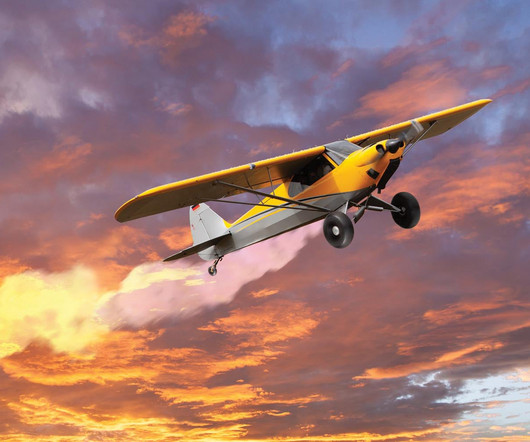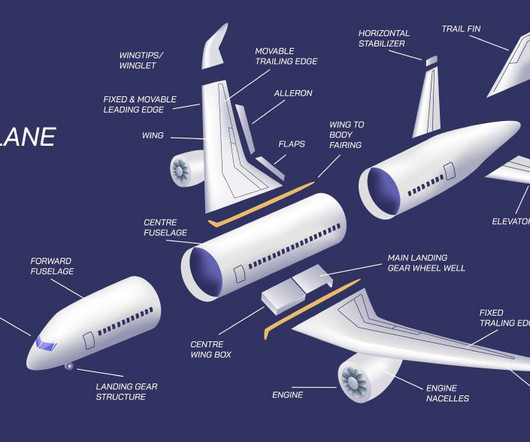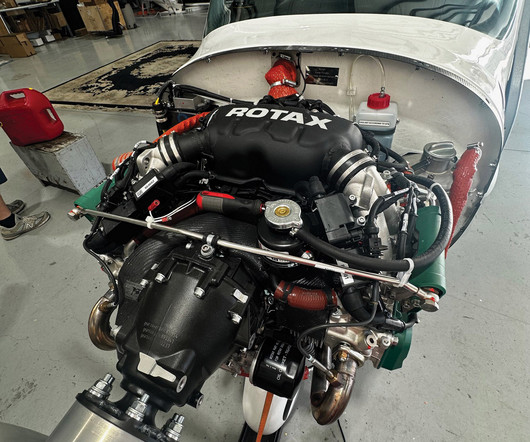What are the Key Parts of a Plane?
WayMan
MAY 25, 2025
Regardless of placement, the principle remains the same: wings generate the lift that makes flight possible. Cockpit: Where Control Happens Cockpit, also known as the flight deck , is the nerve center of the airplane. This is where the pilot and any co-pilot sit and manage every aspect of flight.












Let's personalize your content